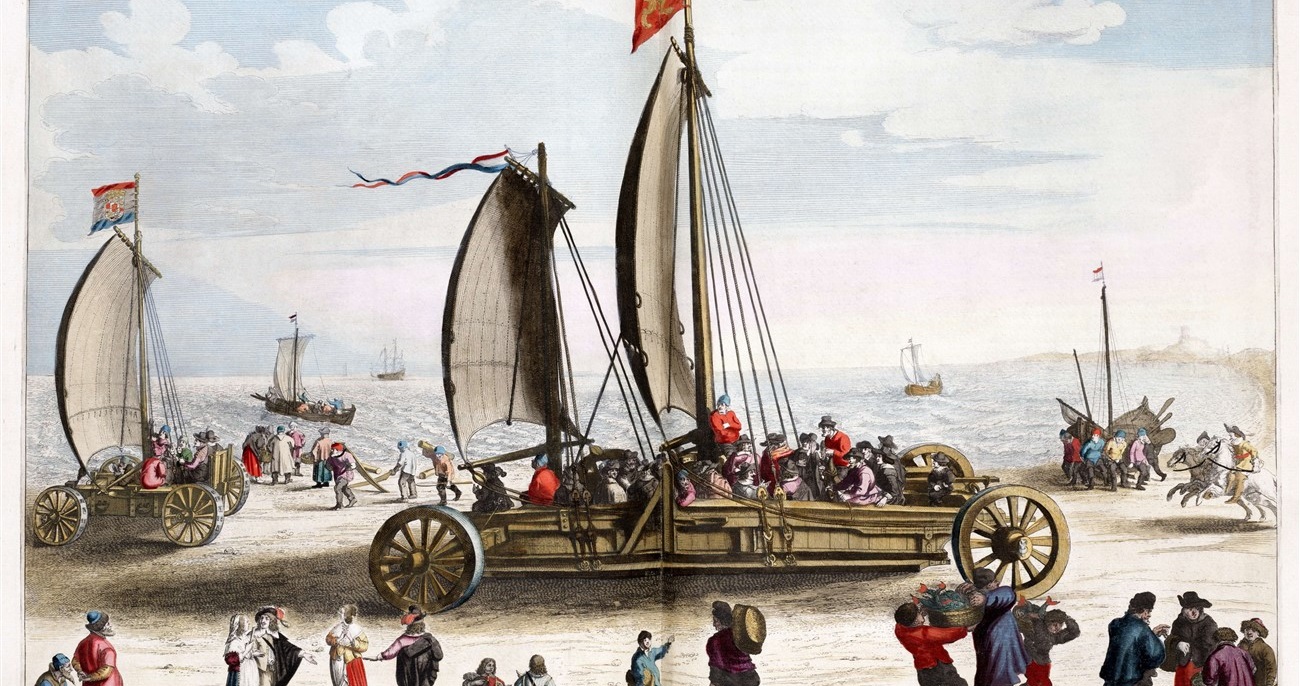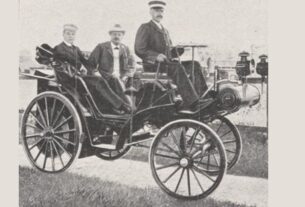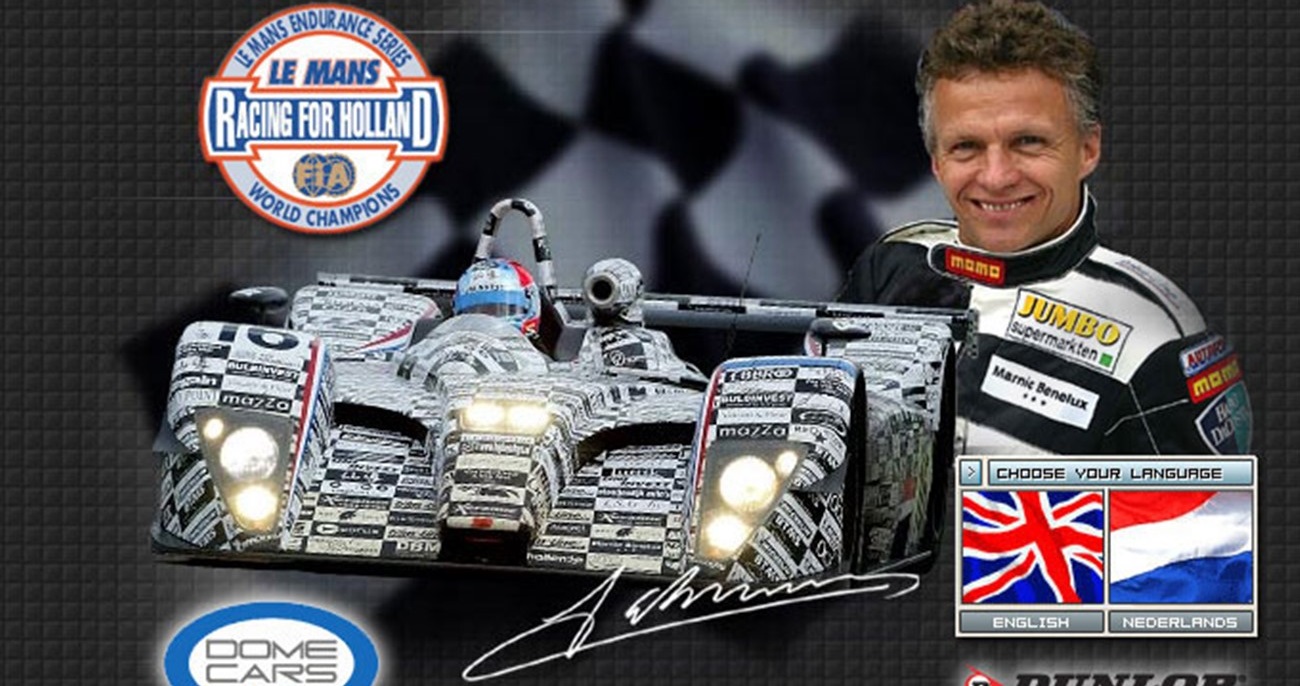How it all started. It is an interesting story how the automobile developed in the Netherlands in the early years. It is even more interesting how it all once started. How an idea to transport military personnel during the Eight Years’ war to the modern cars we see today on the roads. Three centuries of experimenting, creating, silence, and eventually the industrial revolution, that gave the people the tools to go further than they ever went. Let’s dive into the early days of the automobile scene in the Netherlands how it all established. Let’s go back to the when it all started.
During the middle ages, people were already dreaming about cars that did need the horses to pull. However, this seemed to be futuristic thinking, it would be impossible to have such cars or automobiles driving through the narrows streets of some city, or was it? At that time horses were mostly used, or pure man power, to move goods.
Everything started to roll during the Eight Years’ War when Prince Maurits van Oranje questioned himself if there was a more efficient and faster way to transport his troops and also material.
Around 1600 he asked Simon Stevin a mathematician, which became a close friend of him, if he could invent some sort of transportation vehicle that exceeded the speed of horses and was able to carry several people on it. In 1602, Stevin constructed the first land yacht. You could see it as a ship on wheels fitted with two masts to be propelled solely by the force of wind.
In February 1602, the land yacht was used for the first time, 27 diplomats from the Netherlands and abroad were invited to join the first test. In only two hours the managed to drive from Scheveningen to Petten. With a top speed of 40km/h and an average of 35km/h. While it was intended for military use. It became an attraction for the people.
Around the 1660s/1670s, the next Dutch mathematician/engineer was working on something new. Christiaan Huygens born the 14th of April 1629, who moved to Paris later in his life, started working on what can be described as some sort of combustion engine. He met physicist Denis Papin at the Academy of the Royal Library in the late 1660s. He became Huygens assistant from 1671 onwards while they were working on the Gunpowder engine.
However, Papin went to London only a few years later, focussing more on steam power. Huygens continued working on his Gunpowder engine. One or two examples were made. Eventually steam powered engines gained more interested. There are some notes in later history that some did try to use Gunpowder engines to use in vehicles. Sadly, it lacks the info.
After Huygens, it seems to be silence on the field of automobile inventions. The first articles that speak about some sort of automobile, or car dates back to 1834. On the 25th of March 1834 the Groninger Courant reports about two friends Becker and Stratingh who finished constructing their steam-powered automobile. The article stated that the car was tested the 22nd of March on the streets of Groningen. I found in the book “Historische overzicht van de Nederlandse Automobiel industrie” some more information.
The 10th of July 1834 the car was tested once more, this time the steam-powered automobile drove from Groningen to Haren a village near Groningen. It seems that this test went well. Between the 3th and 5th of September Becker and Stratingh did some endurance testing with the car. Going over bridges, drive over different roads. It seems the reached a decent speed.
Sadly, there are only bits and pieces after Becker and Stratingh regarding other steam powered automobiles. It is said that there was one around Utrecht in the 1850s as well in Den Bosch around 1870.



